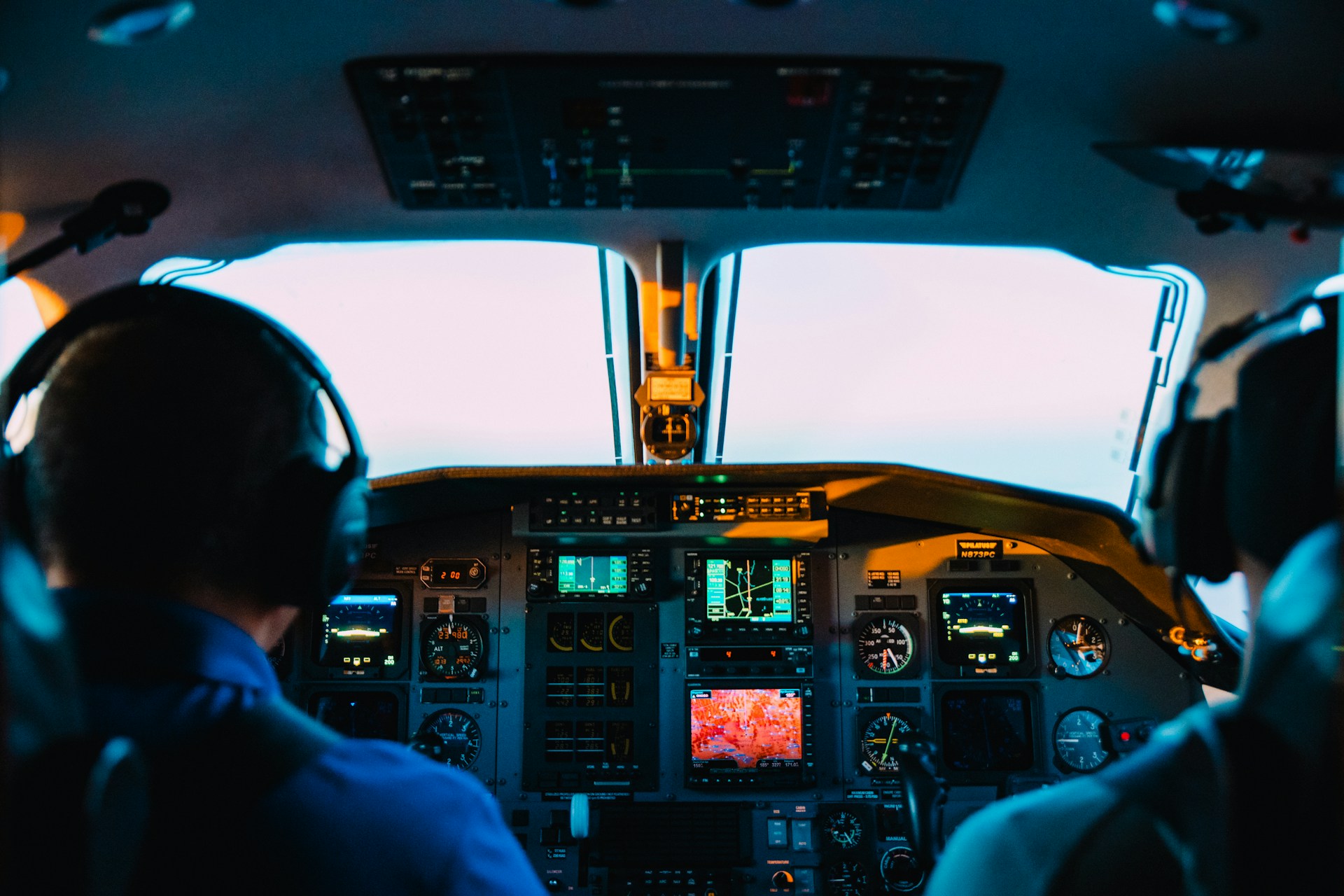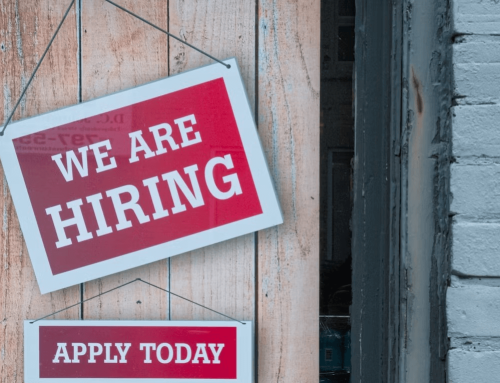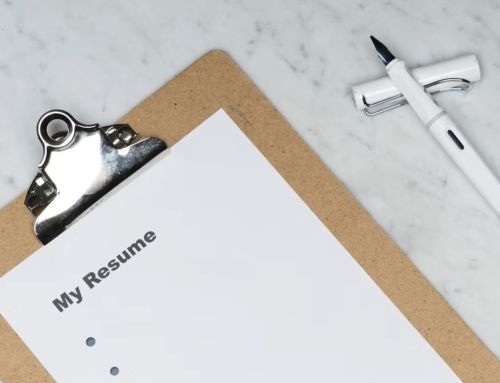Your Comprehensive Guide to Flight Attendant Jobs in 2025

Tabel of Content
Dreaming of an office above the clouds? A career that takes you places, literally? Pursuing flight attendant jobs offers a unique blend of responsibility, customer service, and adventure. As we navigate 2025, the aviation industry continues to evolve, presenting both exciting opportunities and specific requirements for aspiring cabin crew members.
Many people searching for flight attendant jobs in 2025 want to know: What does it take? Where are the openings? And what can I expect? This guide is designed to answer those questions, providing actionable insights for job seekers aiming to launch their airline careers in the United States. We’ll cover everything from essential requirements and salary expectations to navigating the application process for top airlines.
Why Consider a Flight Attendant Career in 2025?
While the glamour of travel is appealing, becoming a flight attendant is a demanding yet rewarding profession focused primarily on safety and customer care. The demand for flight attendants has seen fluctuations, with projections showing growth (Source: AARP/BLS) but also recent reports indicating potential hiring slowdowns at some major carriers due to economic factors (Source: Aviation A2Z, Travel And Tour World).
Despite these shifts, airlines like Delta have confirmed active hiring for their 2025 classes (Source: Delta News Hub, AirlineCareer.com), seeking both English-speaking and bilingual candidates. This indicates that opportunities still exist, especially for well-prepared applicants. Beyond the paycheck, the benefits of being a flight attendant often include:
- Unparalleled travel perks for you and eligible dependents.
- Comprehensive health and retirement benefits.
- Flexible (though often irregular) schedules.
- Meeting diverse people and experiencing different cultures.
- A dynamic work environment.
Core Responsibilities of a Flight Attendant
While serving beverages might be visible, the primary role is ensuring passenger safety and comfort. Key duties include:
- Conducting pre-flight safety checks.
- Informing passengers about safety procedures.
- Securing the cabin for takeoff and landing.
- Assisting passengers and providing excellent customer service.
- Responding calmly and effectively to emergencies (medical, security, evacuations).
- Coordinating with the flight deck crew.
Essential Flight Attendant Requirements for 2025
Meeting the specific qualifications is the first crucial step. While requirements vary slightly between airlines, common prerequisites for flight attendant positions in the US include:
Age, Citizenship, and Background
- Age: Typically minimum 21 years old at the time of application for major carriers like Delta and United (Source: Delta, United Careers). Some regional airlines may hire at 18 or 19 (Source: The Travel Academy).
- Work Authorization: Must have the legal right to work in the U.S.
- Passport: A valid US or foreign passport is required, often with significant remaining validity (e.g., 18-30 months) (Source: United Careers, Future Flight Attendant).
- Background Check: Must pass a thorough criminal background check and a drug screening (Source: FAA, Delta Careers).
Education and Experience
- Education: A high school diploma or GED is the standard minimum (Source: BLS, Delta). Some college coursework or a degree is often preferred and can make you more competitive (Source: United, Delta).
- Experience: Airlines typically require or strongly prefer 1-2 years of customer service experience (e.g., hospitality, retail, food service) (Source: BLS, United Careers).
Physical and Appearance Standards
- Health: Excellent overall health and ability to pass a medical evaluation.
- Physical Abilities: Ability to stand/walk for long periods, lift baggage (e.g., into overhead bins), push/pull heavy carts (up to 250 lbs for United), and perform emergency duties (Source: United Careers, BLS).
- Reach/Height: Must meet specific reach requirements to access safety equipment (e.g., United: combined 76″ vertical/43.5″ horizontal; Delta: reach 74″ overhead bins). Height requirements can vary (often between 5’0″/5’2″ and 6’3″/6’4″ without shoes, but reach is the primary measure) (Source: United, Delta, The Travel Academy).
- Vision: Correctable vision (often to 20/40).
- Grooming: A professional appearance adhering strictly to airline guidelines is mandatory. This includes rules for hair, makeup, nails, and facial hair (Source: Delta, United).
- Tattoos: Policies vary. Generally, visible tattoos (when in uniform) are not permitted. Some airlines specify areas (e.g., no tattoos above the collarbone or on hands for Frontier) and rules for covering (makeup might be allowed for some areas, but not bandages) (Source: Frontier, Delta, United). Always check the specific airline’s policy.
Key Skills Needed
- Language: Fluent in English (reading, writing, speaking, understanding) is essential (Source: BLS, Delta).
- Bilingualism: Fluency in additional languages is a significant asset and required for specific Language of Destination (LOD) roles (Delta is hiring for multiple languages in 2025) (Source: Delta News Hub).
- Communication: Clear, concise, and effective communication skills, especially under pressure.
- Customer Service: Poise, tact, resourcefulness, and a genuine desire to help passengers.
- Teamwork: Ability to work collaboratively with flight deck and cabin crew.
- Adaptability: Handling schedule changes, delays, and diverse passenger needs.
- Decision-Making: Ability to act decisively in routine and emergency situations.
Navigating the Flight Attendant Job Market in 2025
Finding flight attendant jobs requires staying informed and targeting your search effectively.
Which Airlines Are Hiring?
- Delta Air Lines: Confirmed hiring for 2025 classes, including LOD roles (Source: Delta News Hub, Delta Careers).
- United Airlines: Often recruits flight attendants; check their career page for current status (Source: United Careers).
- American Airlines: Recently paused summer 2025 hiring due to economic factors, but situations change – monitor their careers site (Source: Aviation A2Z).
- Southwest Airlines: Known for hiring, but may also adjust based on demand (Source: Southwest Careers, Travel And Tour World).
- Regional Airlines: Carriers like SkyWest, Envoy Air, and Horizon Air frequently seek cabin crew (Source: IntelligentHQ).
- Other Carriers: Don’t forget Alaska Airlines, JetBlue, Spirit, Frontier, and others.
Key takeaway: While major airlines are the goal for many, always check the official airline career websites for the most up-to-date hiring flight attendant information in 2025. Job postings can open and close quickly based on need.
Where to Find Openings
The absolute best place to find and apply for flight attendant vacancies is directly on the airlines’ official career portals. While general job boards might list openings, applying directly ensures your application goes straight to the source. Sign up for job alerts on your target airlines’ websites.
The Flight Attendant Application and Training Process
Landing an offer involves multiple steps:
Application Steps
The typical flight attendant application process includes (based on Delta, Frontier examples):
- Online Application: Submit your resume and details via the airline’s career portal. Apply only once per airline.
- Assessment/Virtual Job Tryout (VJT): Online tests evaluating customer service, problem-solving, and job-related skills.
- Video Interview: Often an on-demand (pre-recorded) interview answering specific questions.
- In-Person Interview: Successful candidates are invited to a hiring event, often at the airline’s headquarters (e.g., Delta in Atlanta). This is a crucial stage to assess personality and suitability.
- Conditional Job Offer (CJO): An offer contingent on passing background, medical, and drug tests.
- Background & Screening: Verification of employment history, criminal record check, drug testing.
What to Expect During Training
- Duration: Typically 3 to 8 weeks (e.g., Frontier 3.5 weeks, Delta 7 weeks), usually unpaid or with a small stipend/bonus upon completion (e.g., United offers $140/week + $1k bonus) (Source: Frontier, Delta, United).
- Location: Held at the airline’s dedicated training facility.
- Content: Intensive training on aircraft systems, safety procedures, emergency response (evacuations, first aid), FAA regulations, and company service standards. Memorization is often required.
- Certification: Successful completion leads to the FAA Certificate of Demonstrated Proficiency.
- Base Assignment: Your initial base (city) is assigned based on the airline’s operational needs and sometimes seniority; flexibility is key.
Flight Attendant Salary Expectations in 2025
Flight attendant salaries can vary widely based on the airline, experience (seniority), hours flown, and whether it’s a regional or major carrier. Recent data (April/May 2025) shows a considerable range:
- Average Annual Pay: Figures range from ~$47,000 (ZipRecruiter) and ~$56,000 (Talent.com) to ~$67,000 (BLS 2024 median) and ~$76,500 (Salary.com).
- Starting Pay: Entry-level positions might start around $35,000-$40,000 (ZipRecruiter, Talent.com), though Salary.com suggests higher entry figures closer to $74,000 (this might represent total compensation or specific high-paying airlines/locations).
- Experienced Pay: Top earners and senior attendants at major airlines can potentially make over $90,000-$100,000+ annually (ZipRecruiter, Salary.com, Talent.com).
How Pay Works: Flight attendants are typically paid an hourly rate for flight hours (“block time”), plus a per diem (allowance for meals/expenses while away from base). Pay increases with seniority. Initial years often involve lower pay and less desirable schedules (“reserve” status).
Tips for Aspiring Flight Attendants
- Get Your Passport: Ensure it’s valid with ample time before expiration.
- Highlight Customer Service: Tailor your resume to showcase relevant experience.
- Research Airlines: Understand their culture, bases, routes, and specific requirements.
- Practice Interviewing: Be prepared for behavioral questions and scenarios (STAR method).
- Network: Connect with current flight attendants if possible (e.g., via LinkedIn).
- Be Patient & Persistent: The application process can be long and competitive.
Ready for Takeoff?
Securing a flight attendant job in 2025 requires preparation, meeting stringent requirements, and navigating a competitive landscape. By understanding the role, qualifications, hiring process, and current market trends, you can significantly improve your chances. Start by researching your target airlines, ensuring you meet the criteria, and preparing a standout application.





